It’s uncommon for sports studies to focus exclusively on women. They're not always the target audience for sport-related participation and therefore the buying power that makes studies financially viable.
Cycling research has tended to focus on male-identifying cyclists and to make anatomical assumptions about women participants. There's also little information available on how women can tailor their training.
However, a study from 2023 took a refreshing look at women’s cycling injuries and health concerns. Training and Injury Considerations in Female Identifying Cyclists, published in the Journal of Women’s Sports Medicine, considers the physical concerns many women may struggle with or that may contribute to injury and reduced performance.
In this article, we explore the injuries and concerns identified by the study and offer guidance on overcoming them.
Women’s cycling injuries and health concerns
Cycling injuries can be affected by numerous factors. These include the type of riding you do, how often you cycle, and anatomical and physiological differences.
Many common cycling injuries that affect all genders can be resolved through a good bike fit and this is often the first line of defence in injury prevention.
Training overload accounts for most injuries and niggles. It's worth keeping a training diary or using a cycling app such as Strava to visualise the peaks and troughs in your riding.
Knee and hip issues

The causes of knee pain and hip pain vary greatly. However, Training and Injury Considerations in Female Identifying Cyclists observed that, compared to men, women have increased pelvis rotation, hip adduction and internal rotation, and mediolateral knee motion. This can mean women are more prone to pain around the kneecap, such as patellofemoral pain syndrome (PFPS), when cycling.
Female hips differ in shape and structure from men's, but often bike widths are standardised to men, leading to hip pain.
Women's ligaments can be affected by varying hormone levels too. There can be a certain laxity or weakness in the ligaments surrounding joints, such as the pelvis. This results in the joints not being fully supported and vulnerable to injury.
Solutions to knee and hip issues

A bike fit should identify any causes of knee or hip pain related to your position on the bike or its setup. For example, a poor cleat position alters biomechanics, which can be a cause of pain in the knee or hip.
But beyond bike fits and setup, women need a robust strengthening routine to protect against weakness around joints and hips.
A bike fit can target where strengthening will have the most gains. But as general advice, the muscle groups to strengthen are:
- The gluteal muscles (glutes), which look after the hip joint
- The core, which supports the spine and transfers force from the lower to the upper body
- The quadriceps and hamstrings, which support the knee
Hormonal changes
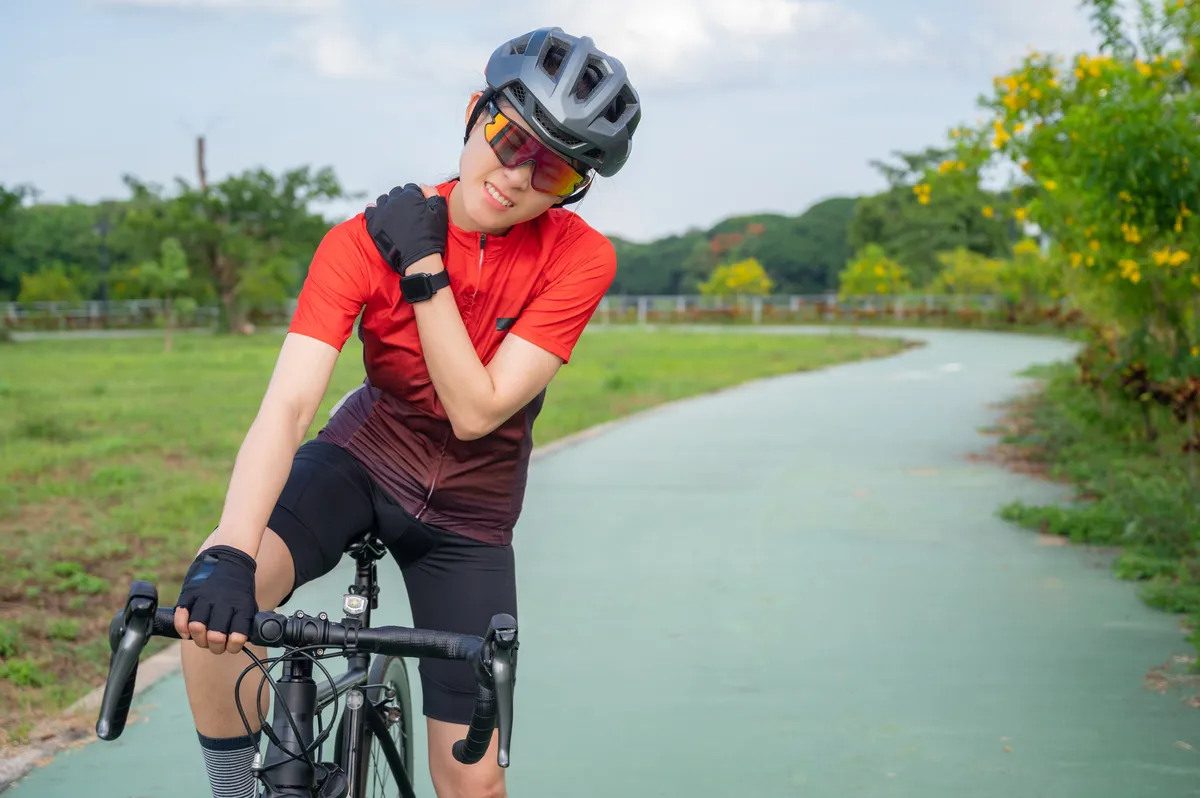
Women have fluctuating hormones throughout their lives that have an impact on training.
Changes throughout the menstrual cycle affect women individually. For instance, some women may experience fatigue or gastrointestinal issues.
Around the menopause, the reduction in oestrogen, combined with an increase in the reproductive hormone relaxin, results in an increase in ligament laxity and a decrease in tendon strength. It also leads to an increase in tendon stiffness. This can mean women are more prone to tendinopathy or pelvic muscle dysfunction and pain.
The reduction in oestrogen also leads to a decrease in bone density. An estimated 10 per cent of bone mass is lost in the first five years after menopause.
Solutions to hormonal changes
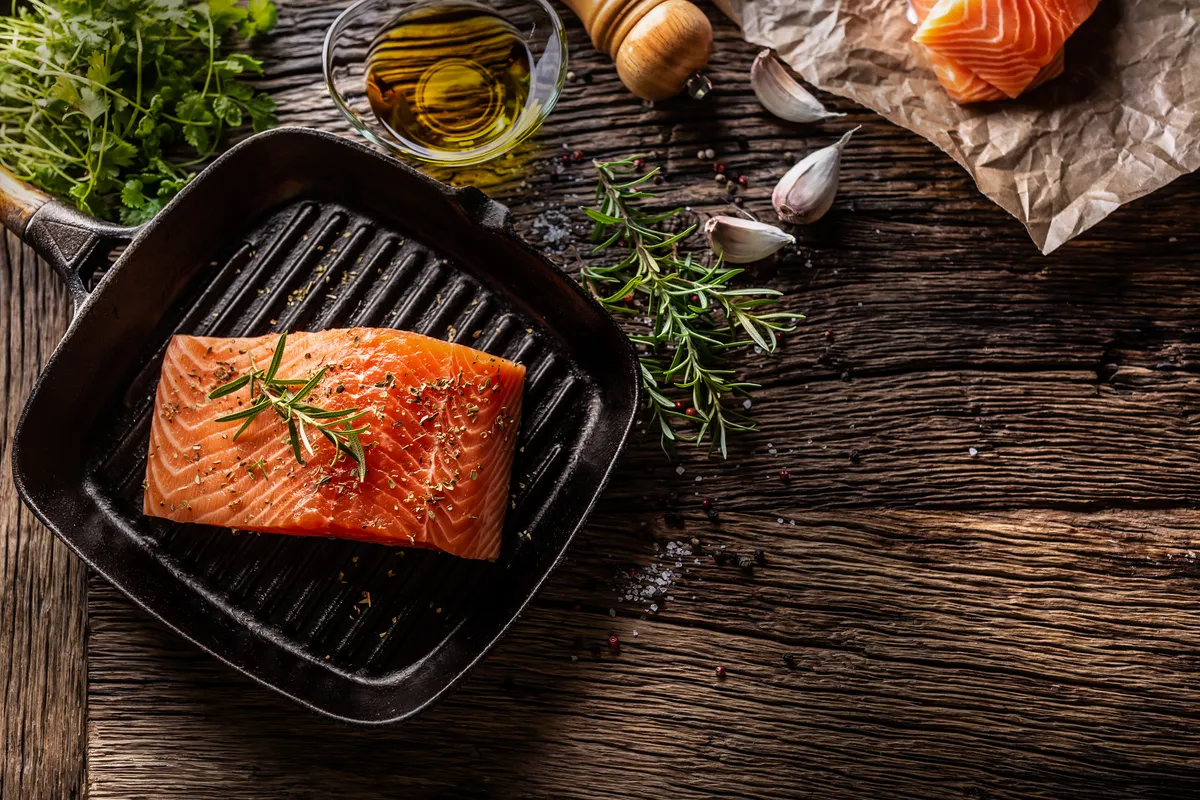
Unfortunately, there are no quick-fix solutions to hormonal changes because levels are individual and subject to lifestyle factors.
Tracking your menstrual cycle versus recovery and performance data may help tailor nutrition, supplements and training to counteract hormonal changes.
For example, some studies have found eating foods considered anti-inflammatory, such as those rich in Omega-3 fatty acids, can help with menstrual cramps. Foods rich in Omega-3 fatty acids include salmon, tuna, sardines, oysters, walnuts, chia and flaxseeds.
Research published in the Muscle, Ligaments and Tendons Journal found Hormonal Replacement Therapy (HRT) can improve tendon strength. Resistance training is important for everyone as we age, particularly women, to protect bones, muscles, tendons and joints.
Soft-tissue injuries
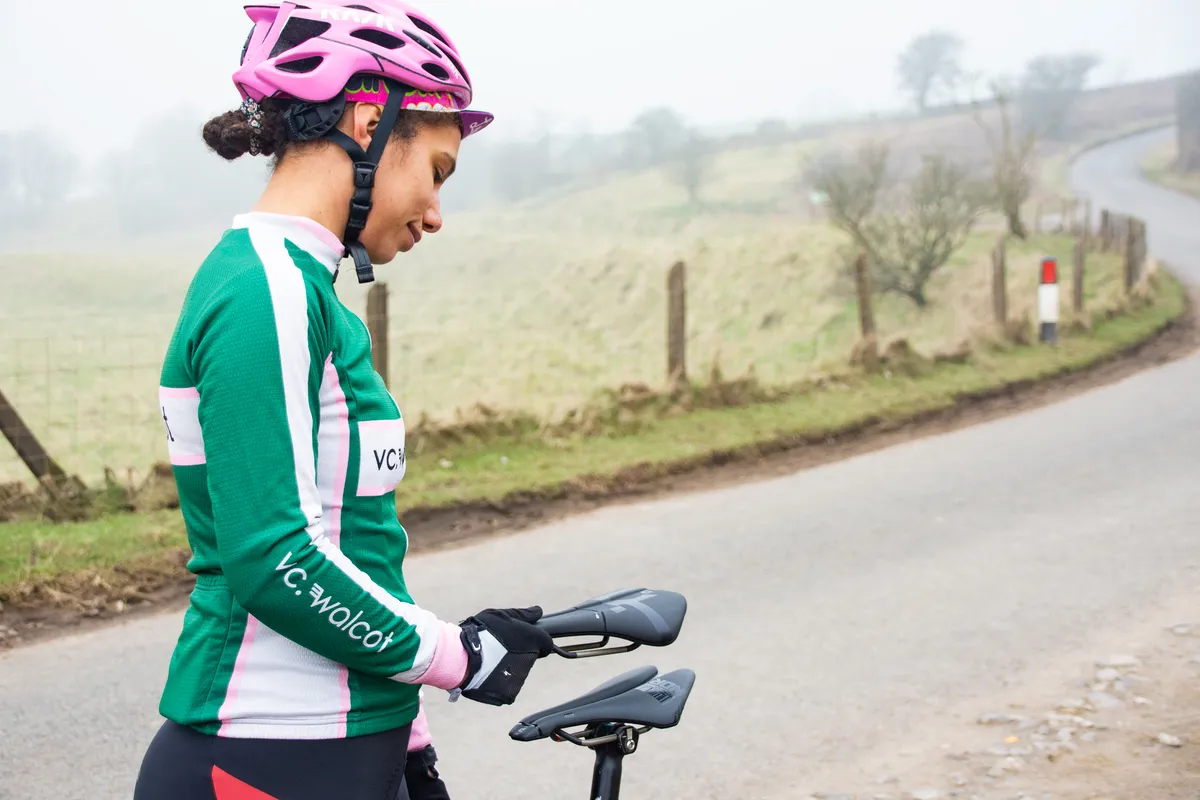
Pain in the nether regions is a sensitive issue. Saddle sores are skin trauma caused by pressure and friction of soft tissue, combined with repetitive pedalling. Soft-tissue damage may occur around the labia – which protects a woman's sexual organs, urethra, vestibule and vagina – and the perineum tissue.
Prolonged pressure on these areas can cause pain, irritation and swelling. It has been linked to sexual dysfunction.
A 2019 study published in the Journal of Sexual Medicine found 58 per cent of female participants reported genital numbness, so it’s really important not to ignore prolonged discomfort.
Solutions to soft-tissue injuries
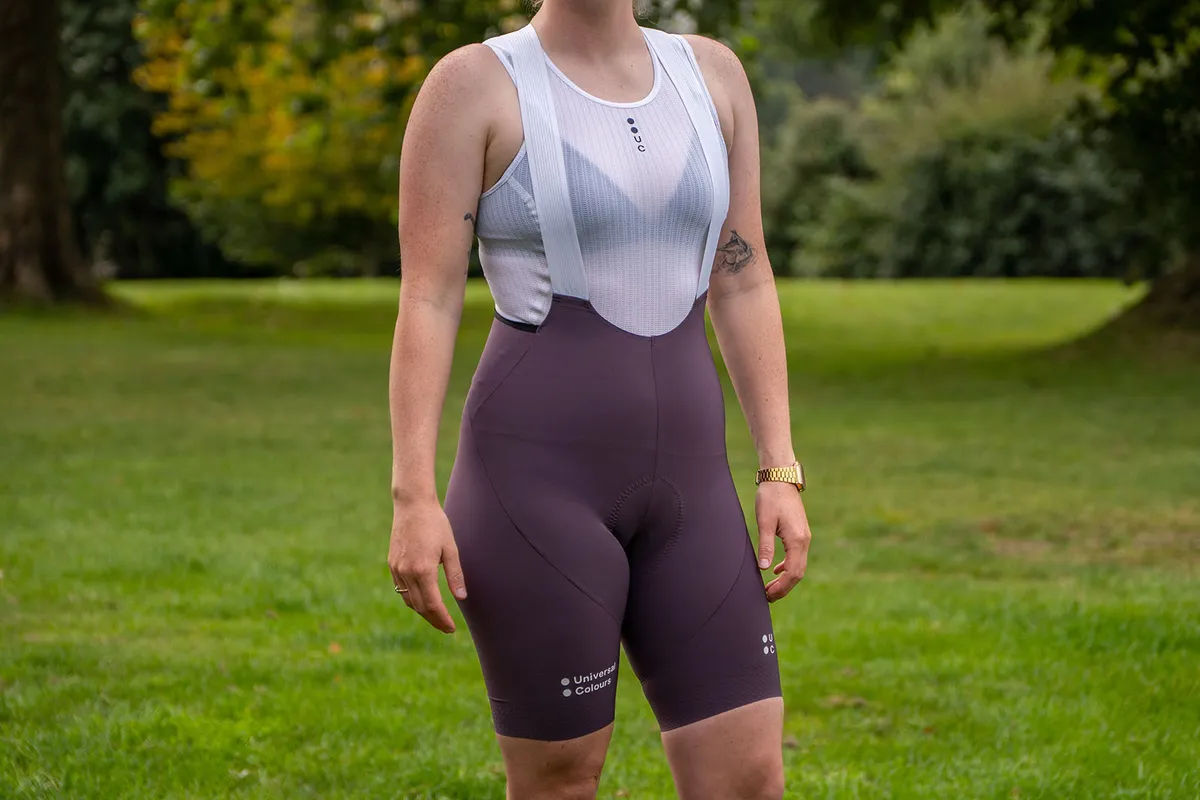
Wearing padded cycling shorts that fit properly, directly over the skin with no underwear, can reduce friction and therefore minimise the risk of soft-tissue injuries. Chamois cream can also help to reduce friction.
Investing in the right saddle for you can also help. Saddles vary according to the type of riding you’re doing and the bike you have. For example, mountain bike saddles tend to be wider, shorter and more cushioned than road bike saddles.
As with avoiding knee and hip pain, a bike fit is important here, particularly if you’re susceptible to discomfort in your undercarriage.
A bike fit will address several issues that can lead to soft-tissue pain, such as an incorrect seat height or angle. Some bike fit specialists offer saddle pressure mapping that examines comfort, pressure and stability.
Nutrition
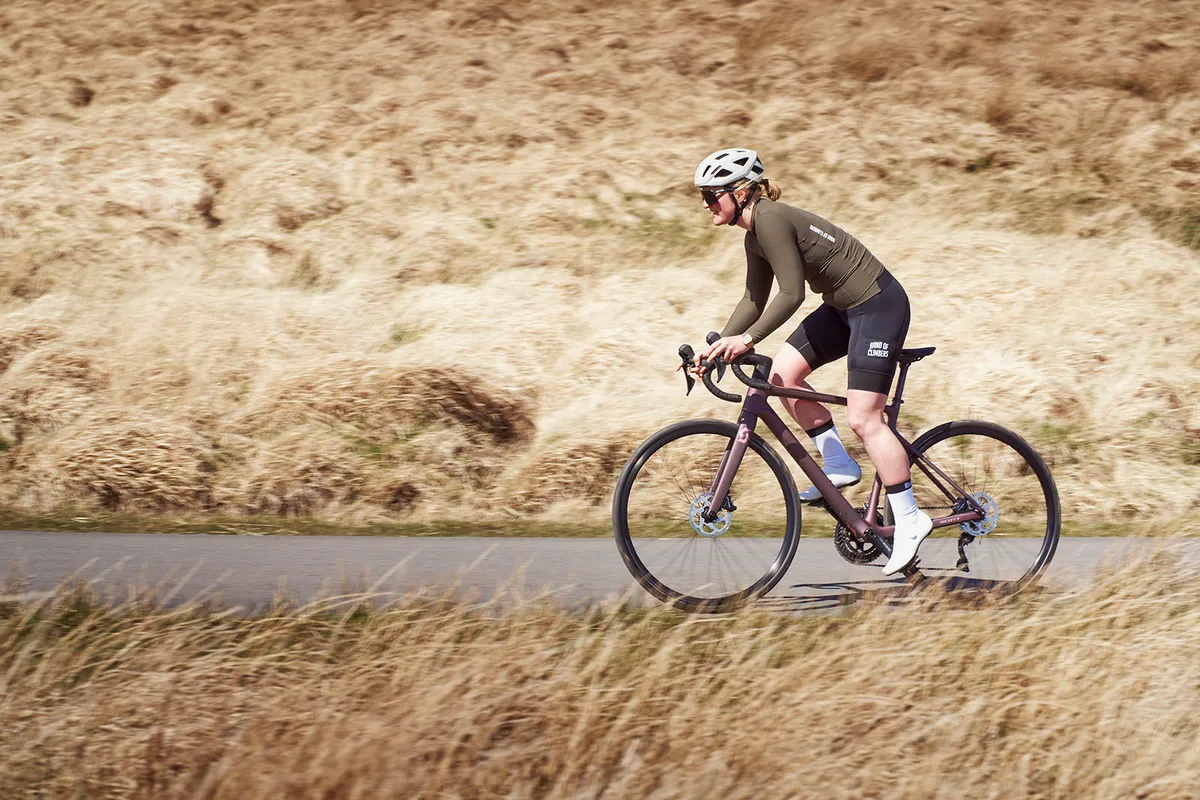
According to Training and Injury Considerations in Female Identifying Cyclists, nutrition is one of the factors that can make female athletes more prone to injury.
Research in nutrition for female athletes is limited, but the study found female endurance athletes, like cyclists, are likely to be at higher risk of Low Energy Availability (LEA), which refers to a lack of sufficient energy for training, performance and recovery.
The study in the Journal of Women’s Sports Medicine says risk factors for LEA are prevalent in cycling due to the emphasis on power-to-weight ratio, the desire for lower body weight and the difficulty of eating while riding.
LEA can also lead to Relative Energy Deficiency in Sports (REDS), which can impact the body in several ways, such as impairing menstrual function, bone health and immunity.
Women are more prone to dehydration, too, and are at greater risk of lower than usual levels of sodium in the blood due to the impact of sex hormones.
It's thought women are more prone to dehydration during exercise, as observed in one study from 2021. Because women sweat less, the core body temperature rises almost twice as quickly when thay start exercising, so they're more susceptible to overheating during a long session.
Some research suggests the thirst mechanism is affected during high hormone phases, such as menstruation. So even if your body is dehydrated, you may not feel thirsty.
Additionally, it has been suggested women may be more likely to experience exercise-induced hyponatremia (low sodium levels in the blood) more frequently than men.
Gastrointestinal symptoms during exercise are common among female athletes and they can be exacerbated by the menstrual cycle.
Solutions to nutritional needs
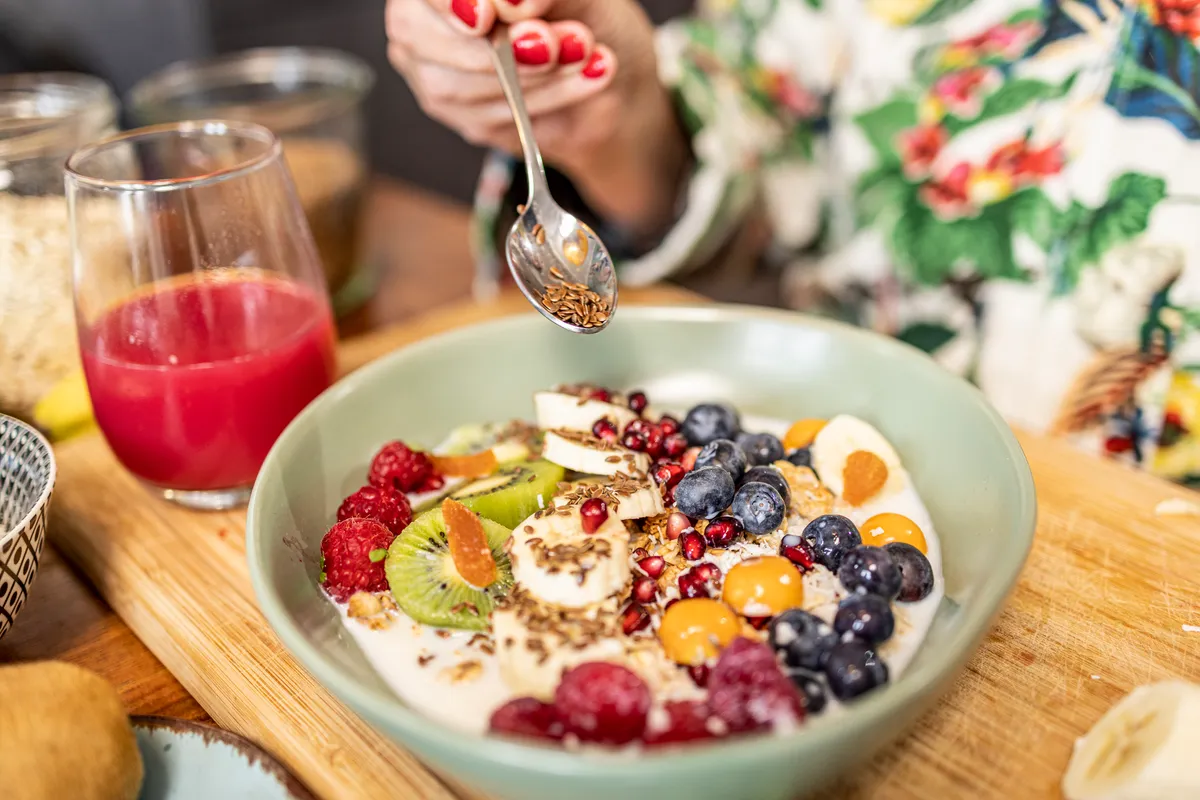
Understanding what food and liquid your body needs is the best way to ensure you get the right cycling nutrition and have adequate energy availability for training, performance, recovery and overall health.
Alongside preventing injury, focusing on nutrition is a great way for female athletes to boost their fitness.
Women need about 2.2 litres of water a day – and more for athletes. You may benefit from a sweat test, which will estimate the amount of water, sodium and electrolytes lost during exercise. The results will help you tailor your individual electrolyte and hydration needs.
It’s thought that oestrogen and collagen have a symbiotic relationship. It’s worth looking into collagen supplements at any age, particularly around the time of menopause.
For vegans – or anyone interested in natural alternatives – flaxseeds contain phytoestrogens. These are plant compounds that mimic the effects of oestrogen in the body. This can be especially helpful for women who experience hormonal imbalances during menopause or PMS.
Caffeine, creatine and iron have the most evidence supporting use in female athletes. There aren’t studies yet to examine protein or carbohydrate needs for women specifically.
If you want to have the edge on performance and recovery, nutrition is an easy win. It can be worth linking up with a sports performance dietician for tailored advice.
